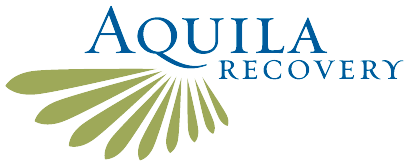Substance use disorders are common in any medical specialty setting. While it might not be apparent on the surface to a provider, many of our patients are struggling with dependence on alcohol, drugs or prescription medications. It might present as the diabetic who cannot control their blood sugars despite adequate medication and dietary interventions, post-surgical agitation and pain that cannot be controlled by standard dosages of pain medication, or the patient with depression and anxiety who does not respond to medications or therapy. Despite how substance use disorders present clinically, all providers will encounter patients who are struggling with this disease.
Referring Patients To A Sober Living Home
Most providers are not specialists in treating addictions, so they must refer their patients to the appropriate services. Sober Living is one of the tools that exist to help patients in their recovery, along with psychosocial interventions and/or medications. So what is Sober Living and what type of patients would be appropriate for Sober Living Homes?
What Is A Sober Living Home?
Sober Living Environments are usually group homes in the community. Sober living homes can typically house between 4-10 patients. The patients may be struggling with different substances (drugs, alcohol, etc.) but all are on their recovery journey from some addictive substance. The homes may be segregated by gender, but keep in mind that sometimes it can be difficult to find an opening in a woman’s only sober home. All of these homes have a House Director who is trained to assist your patients in recovery. There are usually rules of behavior in the house, and potentially drug/alcohol testing either performed at the home or at a treatment facility.
How Can a Sober Living Home Help My Patient?
Sober Homes provide a safe and substance free environment for your patients to stay in while they are solidifying their behaviors and thoughts that encourage recovery, and getting rid of their behaviors and thoughts that encourage substance use. Sober Homes give your patient time away from their usual stressful environment to allow their brains to heal from the harmful effects of the substance. We know that it often can take months to years (if ever) to undo the damage to the brain that substances cause.

Sometimes, a 30 day inpatient facility is just the first step. Your patients need more time to heal and to start to “re-wire” their brains for healthy living. Sober Homes protect your patients from the environmental stressors that they faced in their regular homes. If a patient does a 30-day inpatient stay and then goes right back into the situation in which they were using, there is a greater risk for relapse than if they went from inpatient care to a sober home. Patients who have had several relapses after treatment or have living situations that are not conducive to recovery are excellent candidates for Sober Living.
Work With Aquila Recovery Clinic
Sober Homes can be a lifesaving intervention for many of your patients struggling with substance use disorders. If you have any questions or need to refer a patient, reach out to a substance use treatment center such as Aquila Recovery. We can help get your patient to the right level of care. Contact us today by phone at 202.618.9125, or contact our team online.

